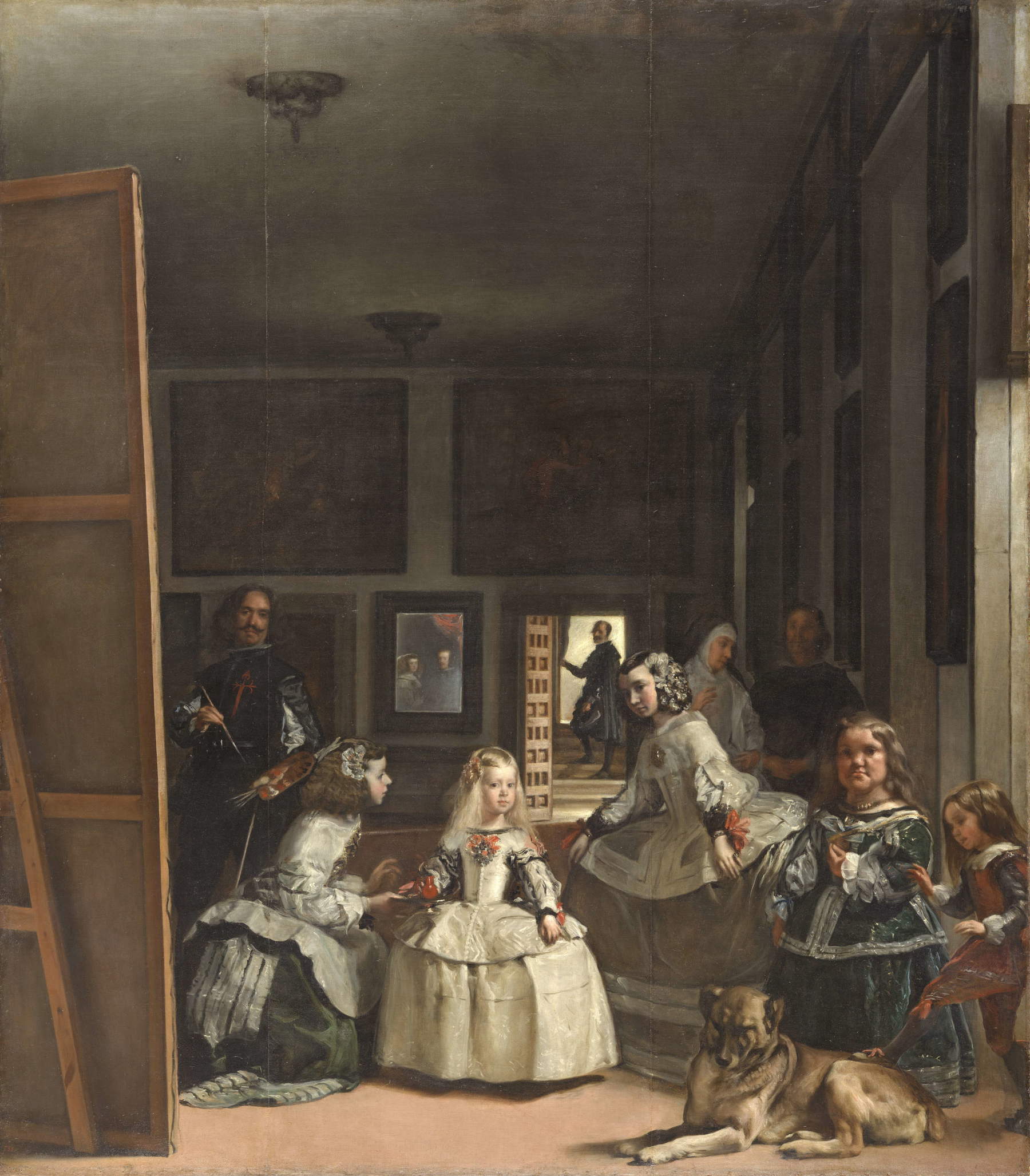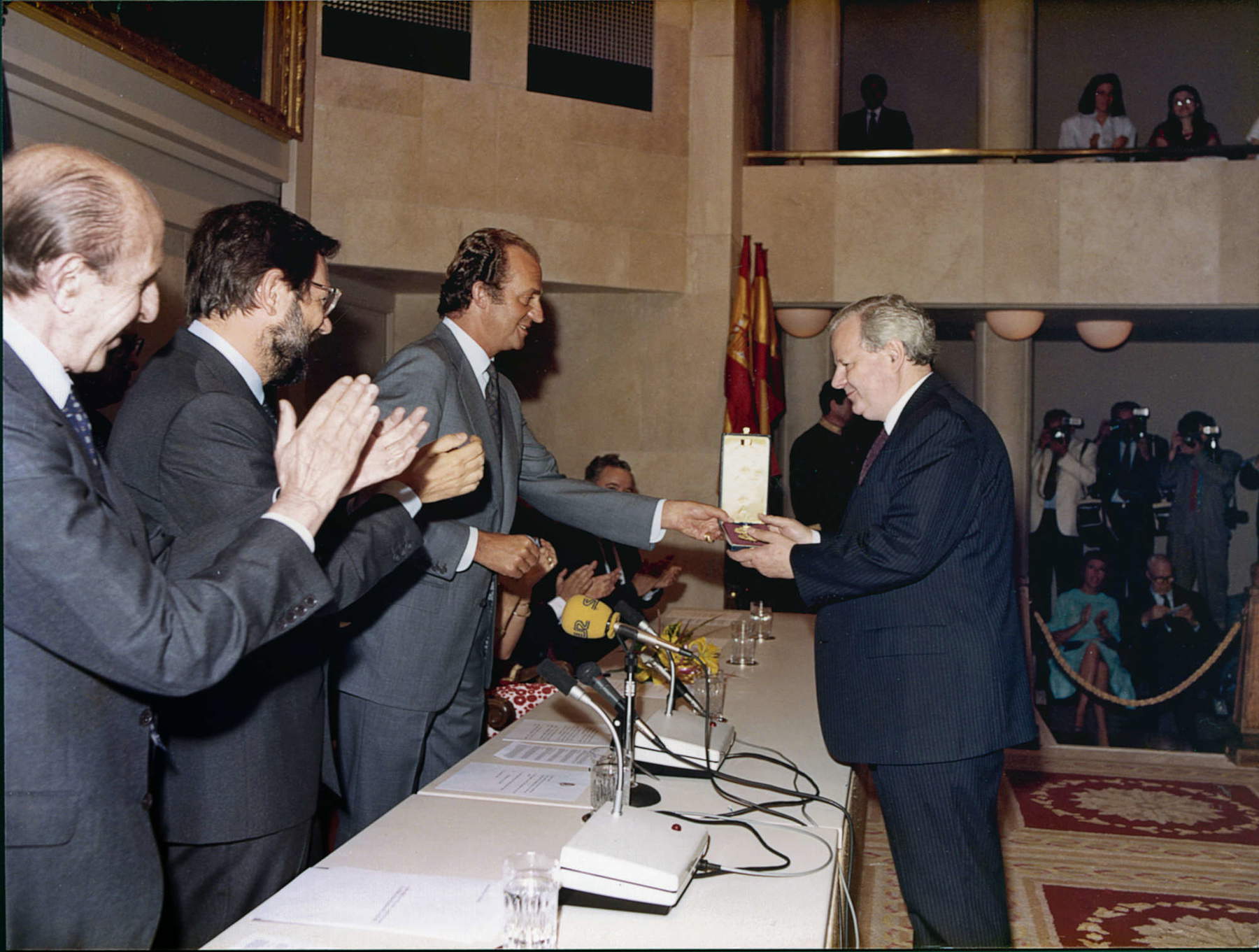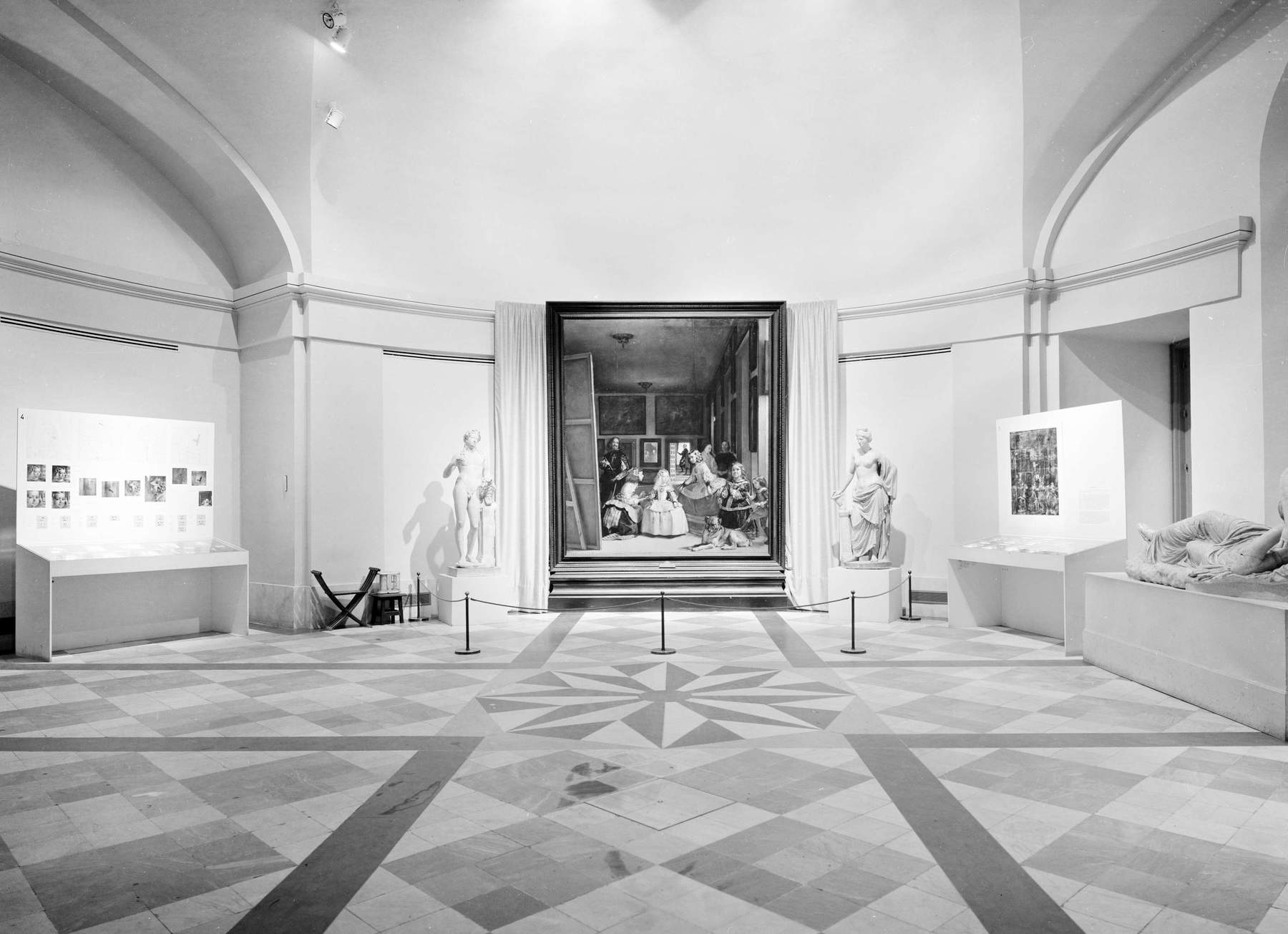Forty years without losing polish. Las Meninas by Diego Velázquez (Seville, 1599 - Madrid, 1660), the most famous painting of Spanish painting of all time and the icon of the Prado National Museum, still retains intact the luminosity and colors recovered during the last restoration, carried out in 1984 by British artist John Brealey (London, 1925 - New York, 2002). It is an unquestionable achievement, today in the public eye. At the time, however, the delicate operation of cleaning the painting, entrusted to the then head of the restoration department of the Metropolitan Museum of New York, aroused much perplexity in Spain, generating a real media controversy and even lively protests inside and outside the museum.
To mark the anniversary of May 14 (the date when restoration work began), the Prado brought together in a panel discussion some of the protagonists of the affair, who, coincidentally, now occupy prominent positions in the great Spanish museum. In 1984 John Brealey was chosen by the Prado management and the Patronato (a kind of Board of Directors, composed of art historians, patrons and distinguished personalities) with the endorsement of the Ministry of Culture, which then controlled the management of the museum, which today, however, enjoys a statute with greater autonomy.
“In those months,” recounts Javier Solana, in 1984 minister of Culture and since 2019 president of the Real Patronato del Prado, "Felipe González left me free to decide what was best for Las Meninas, with the knowledge, however, that the consequences of my choice could also compromise the stability of the government. The Spaniards did not like at all the idea of a foreign restorer getting his hand, literally, on Velázquez’s masterpiece. “The year before,” Solana continues, "with the then museum director Alfonso Pérez Sanchez, an educated and wise person, we reflected at length on the need to restore Las Meninas. Both of us were convinced that it had to be done and that it was essential to entrust the work to the world’s top specialist, which at the time was precisely John Brealey of the Met." The choice was apt and, since then, the relationship between Prado and the Metropolitan Museum in New York has always been excellent, with mutual and fruitful collaboration.
The memory of the affair is also vivid in the memory of Enrique Quintana, who participated in the restoration in those months and is now chief coordinator of the Prado’s laboratories. “In May of ’84 many headlines opened with the news of the scandal of an American called to Madrid to restore the masterpiece of Spanish painting!” In fact, neither ordinary people nor intellectuals liked the assignment: “The laymen,” Quintana continues, “even feared that the cotton used for the cleaning would deprive the canvas of its original colors; at the museum doors, then, there were daily groups of fine arts students protesting against the American, who would destroy the work.”
“In reality,” Quintana concludes, “Braeley’s choice not only turned out to be the best one from a professional point of view, considering also the excellent current state of the canvas. For all of us it was an incredible opportunity for growth and training.” Thanks in part to Brealey’s teachings (who was later in Madrid several times to give refresher courses to Spanish colleagues) today, in fact, the Prado has one of the best restoration laboratories in the world, intervening on its own works and those of museums throughout Europe.



Despite the controversy, Brealey accepted the risky assignment but refused any compensation, declaring that “no one can be paid if he goes to heaven.” Travel and lodging were paid for by an anonymous donor, while restoration costs were financed by Hilly Mendelsshon, a Sephardic Jewess born in Berlin and grateful to the Spanish for their help during World War II.
The first phase of cleaning lasted “only” three weeks, from May 14 to June 6, 1984, and was carried out exclusively by Braeley. During 1982 a team from the museum, in collaboration with Harvard University, completed a thorough technical study of the Velázquez canvas, through X-rays, infrared reflectography and chemical analysis of the pigments. The good preservation of the pictorial layer and the perfect adhesion to the support, as well as the absence of serious damage, facilitated the work of removing a thick, yellowish, opaque resin varnish that concealed Velázquez’s original chromaticity. The second part of the restoration, however, was entrusted to a group of young experts from the museum (Rocío Dávila, María Teresa Dávila, Clara Quintanilla and the aforementioned Enrique Quintana), who worked on reinstating the damage, unifying the tones and lightly retouching the most damaged areas of the canvas. In September of that year, Brealey returned to Madrid to apply, with a spray, the last coat of varnish to the canvas. But, by then, the protests had subsided: since the end of July, in fact, Velázquez’s masterpiece had been exhibited momentarily in Room 74 and the public had already been able to attest to the positive outcome of the restoration.



From 1984 to the present, the large canvas depicting The Family of Felipe IV, better known as Las Meninas, shines centrally in Room 12, on the second floor of the Villanueva building. In the work painted in 1656, four years before his death, Diego Velázquez self-portrays himself in the foreground, dressed as a knight of the Order of Santiago, intent on painting and looking straight ahead, beyond the canvas. For this, and numerous other details, Las Meninas remains one of the most fascinating and enigmatic, most copied and cited masterpieces in all of art history.
On the occasion of the 40th anniversary of the restoration, Javier Portús, chief conservator of Spanish painting at the Prado and among the foremost experts on Velázquez, emphasized “the symbolic value of the canvas and the interest that the work aroused in the following centuries, establishing an intense dialogue with Spanish and foreign artists, up to contemporary times, who recognized in the painting a great machine of representation.” Beginning with Goya, who imitated the Sevillian master by portraying himself as him within The Family of Charles IV, a large canvas exhibited at the Prado not far from the room of Las Meninas; passing through the French Impressionists, enraptured by the naturalist light of Velázquez’s canvases; to Picasso, who in the 1950s produced the famous cycle of Las Meninas, now in Barcelona.
Finally, the anniversary of the restoration is an opportunity to trace the various placements of the famous painting within the Prado Museum, which opened in November 1819. Originally, Las Meninas appears among the paintings of the Spanish School, in a room at the northern end of the building; in 1864 it moved to the central gallery, on the second floor. Between 1899 and 1900 (on the occasion of the third centenary of Velázquez’s birth) the basilica room became Velázquez monographic, with a modern, chronological museography and from the paintings displayed in an individualized manner. “On one side of the basilica hall,” Javier Portús recounts, "another small quadrangular room then opens, with a window and natural light, to display Las Meninas, with a mirror that allows one to visually immerse oneself in the scene. Access to that room, which will be closed for reasons of stability and inadequate conservation conditions, soon takes on an almost sacred aura: it becomes a kind of sanctuary where one can admire the masterpiece up close, taking off one’s hat as a sign of respect." This fact increases the mythical status of Las Meninas over the years, the extraordinary symbolic value that still surrounds one of the Prado’s most admired works.
Then came the years of the Civil War and, in December 1936, Las Meninas, along with so many other paintings in the Prado, left Madrid to travel first to Valencia, then to Catalonia and finally to Switzerland following the exiled government of the Republic. After a major exhibition at the Geneva Museum in 1939, the Prado’s masterpieces finally returned to Spain’s capital, and Las Meninas has not left Room 12 of the museum ever since, where it still stands, attracting thousands of visitors every day.
Warning: the translation into English of the original Italian article was created using automatic tools. We undertake to review all articles, but we do not guarantee the total absence of inaccuracies in the translation due to the program. You can find the original by clicking on the ITA button. If you find any mistake,please contact us.